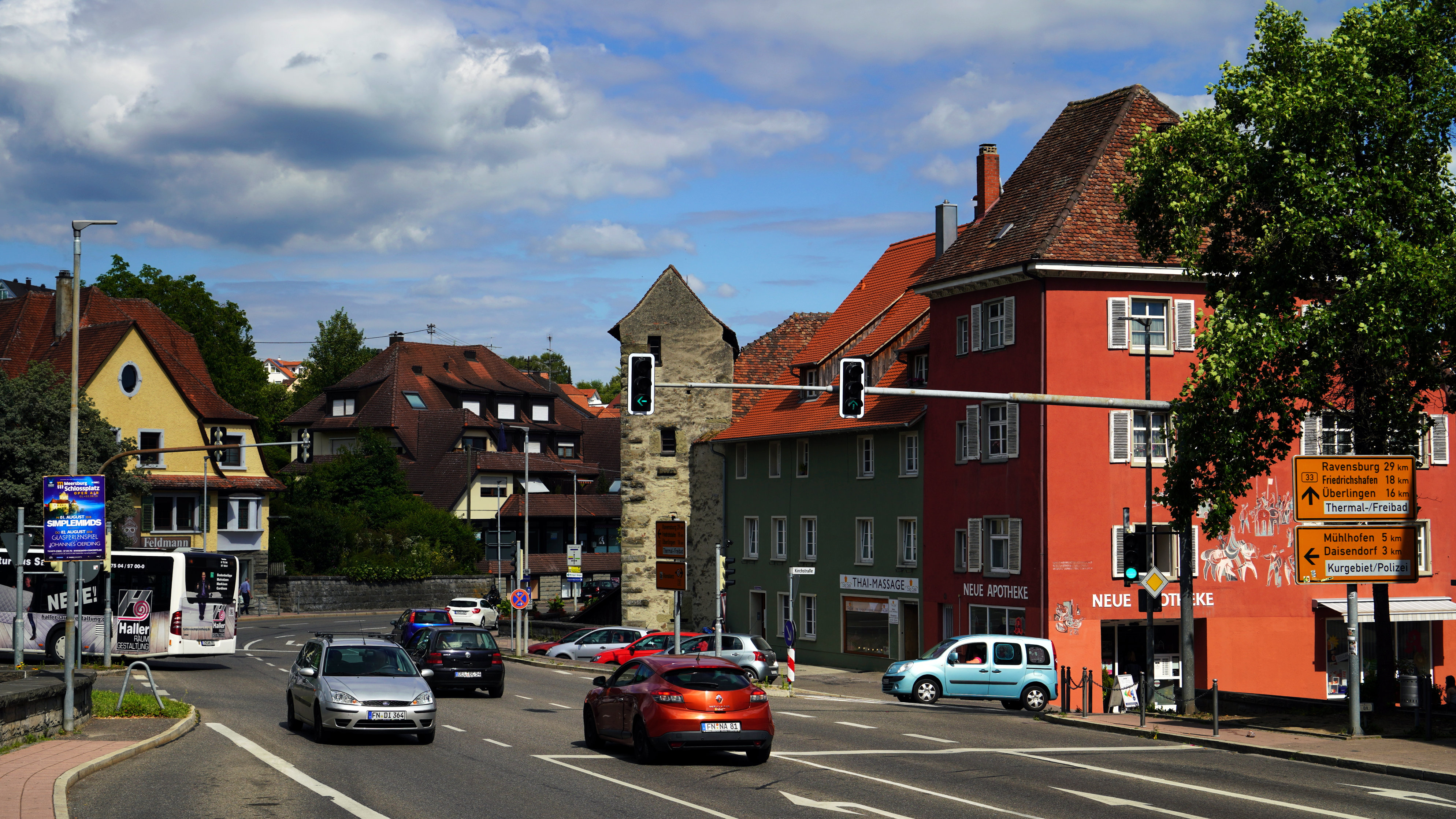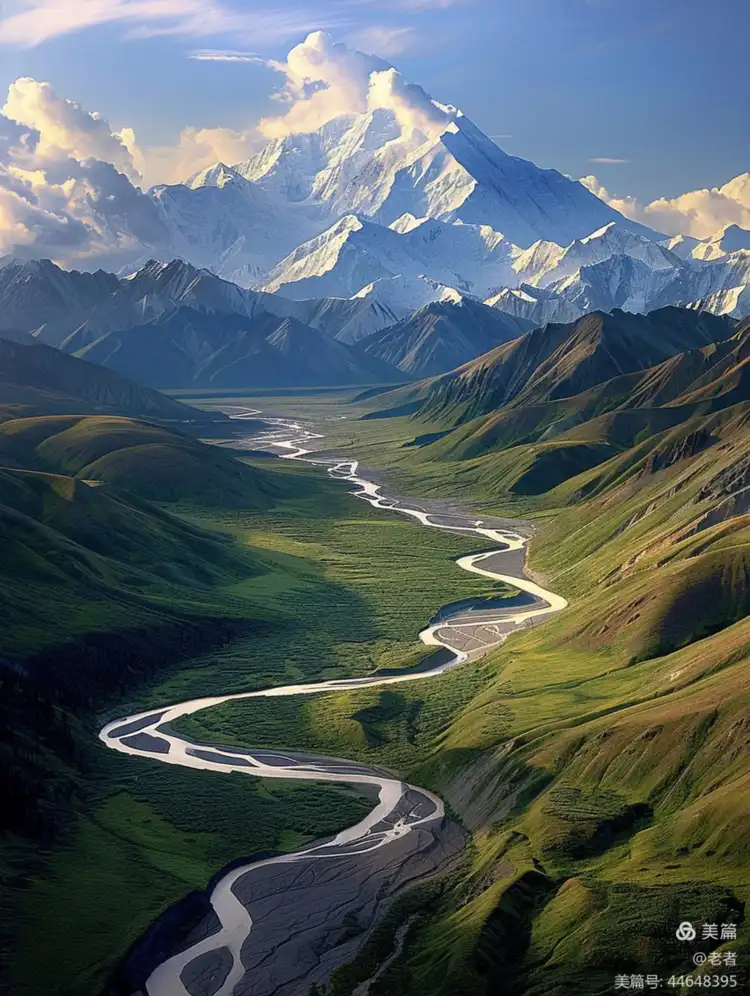Global Travel Information
Lake Baikal, Russia
Lake Baikal: The Sacred Jewel of Siberia
Nestled in the heart of Siberia, Lake Baikal is a natural wonder that captivates scientists, travelers, and spiritual seekers alike. As the deepest and oldest freshwater lake in the world, Baikal holds an unparalleled mystique, offering breathtaking landscapes, unique biodiversity, and a cultural heritage deeply intertwined with the indigenous peoples of Russia. This article explores the geological marvels, ecological treasures, and human connections that make Lake Baikal one of the planet’s most extraordinary destinations.

The Geological Wonder
Lake Baikal is a staggering testament to Earth’s dynamic history. Formed over 25 million years ago, it sits within the Baikal Rift Zone, where the Eurasian and Amur tectonic plates slowly pull apart. This ongoing divergence causes the lake to widen by about 2 centimeters per year, deepening its already record-breaking basin.
With a maximum depth of 1,642 meters (5,387 feet), Baikal contains roughly 20% of the world’s unfrozen freshwater—more than all the North American Great Lakes combined. Its crystal-clear waters, with visibility reaching up to 40 meters in winter, are fed by over 330 rivers and streams, yet only the Angara River flows out, eventually joining the mighty Yenisei.
The lake’s age and isolation have created a living laboratory for evolutionary studies. Unlike most ancient lakes that eventually fill with sediment, Baikal remains deep and pristine, offering scientists insights into Earth’s climatic shifts and geological processes.
A Biodiversity Hotspot
Lake Baikal is often called the "Galápagos of Russia" due to its high level of endemism. Approximately 80% of its 2,500+ species are found nowhere else on Earth. Among its most famous inhabitants is the Baikal seal (Pusa sibirica), the world’s only exclusively freshwater seal. Scientists believe these seals arrived in Baikal during the last Ice Age, adapting to the lake’s unique conditions over millennia.
The lake’s waters teem with life, from tiny crustaceans like the translucent Epischura baikalensis, which filters the water, to the peculiar golomyanka fish (Comephorus spp.), a translucent, deep-water dweller that gives birth to live young. The sponges, mollusks, and amphipods of Baikal have evolved into forms unseen elsewhere, making the lake a UNESCO World Heritage Site since 1996.
However, this fragile ecosystem faces threats. Pollution from industrial runoff, invasive species, and climate change endanger Baikal’s delicate balance. Rising temperatures have reduced ice cover duration, disrupting breeding cycles for endemic species. Conservation efforts, led by Russian scientists and international organizations, strive to protect this irreplaceable natural treasure.
The Spiritual and Cultural Heart of Siberia
For centuries, Lake Baikal has been revered by indigenous Buryat people, who consider it a sacred sea. In Buryat shamanism, Baikal is the dwelling place of spirits, and its waters possess healing powers. The lake’s largest island, Olkhon, is a spiritual epicenter, believed to be the home of the legendary Tengri, the sky god of Mongolian and Turkic traditions.
Russian explorers and exiles also left their mark on Baikal’s shores. The Trans-Siberian Railway, which skirts the lake’s southern edge, brought settlers and scientists to the region in the 19th century. The iconic Circum-Baikal Railway, once a critical link in the Trans-Siberian route, now serves as a scenic tourist attraction, winding along cliffs and tunnels carved into the rugged landscape.
Today, travelers seeking solitude or adventure flock to Baikal. In winter, the lake’s surface freezes into a surreal expanse of turquoise ice, crisscrossed with jagged fissures and bubbles trapped beneath the surface. Summer invites hiking, kayaking, and encounters with nomadic herders in the surrounding taiga.
The Future of Baikal
Despite its remote location, Lake Baikal is not immune to human impact. The Baikal Pulp and Paper Mill, once a major polluter, was shut down in 2013 after decades of environmental protests. Yet untreated sewage from nearby towns and plastic waste continue to threaten the lake’s purity.
Sustainable tourism initiatives aim to balance preservation with accessibility. Local communities promote eco-friendly homestays, while scientists monitor water quality and biodiversity. The Russian government has designated protected zones, but enforcement remains a challenge.
Lake Baikal is more than a natural wonder—it is a symbol of resilience and reverence. Its ancient waters remind us of Earth’s fragility and the urgent need to safeguard such irreplaceable ecosystems. Whether viewed through the lens of science, spirituality, or sheer awe, Baikal stands as a testament to the planet’s enduring beauty.
For those who journey to its shores, the lake offers not just a glimpse into Earth’s past, but a profound connection to the wild heart of Siberia.
相关文章
- Elbe River Archaeological Sites: Ancient Finds Near the Water
- Elbe River Botanical Gardens: Flowers & Plants Along the Banks
- Elbe River Zoos & Aquariums: Family Fun Near the River
- Elbe River Amusement Parks: Rides with River Views
- Elbe River Camping Spots: Pitch a Tent by the Water
- Elbe River Glamping Sites: Luxury Camping Along the Banks
- Elbe River RV Parks: Stay in Your Camper Near the River
- Elbe River B&Bs: Cozy Accommodations with a Personal Touch
- Elbe River Hostels: Budget Stays for Young Travelers
- Elbe River Business Travel Guide: Meetings & Events Near the Water
发表评论
评论列表
- 这篇文章还没有收到评论,赶紧来抢沙发吧~

